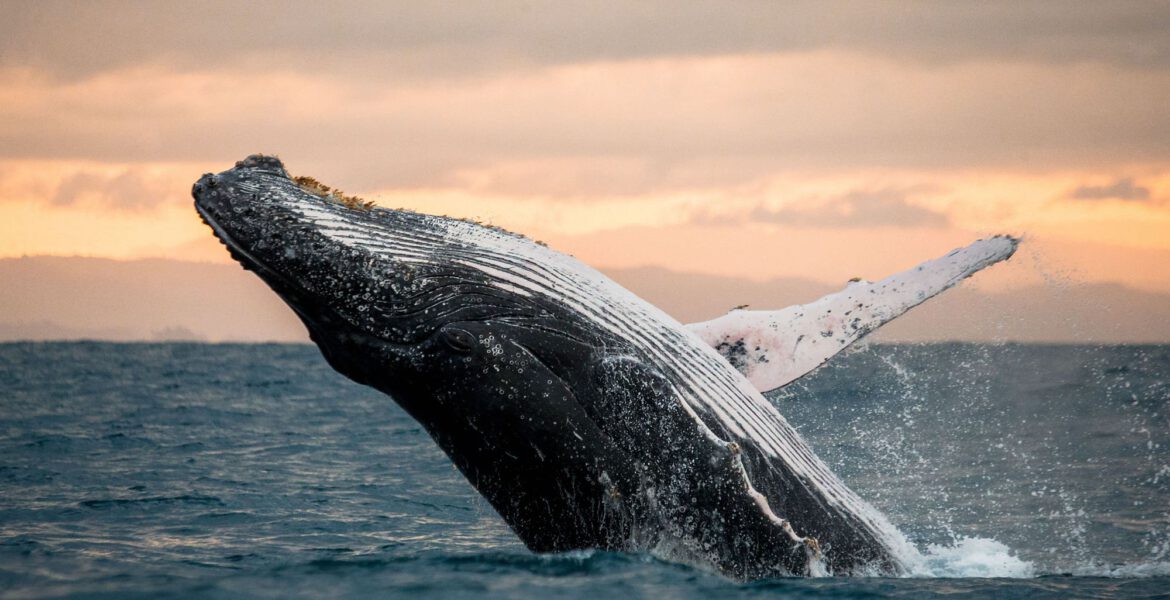Cetaceans, encompassing a wide variety of species such as whales, dolphins, and porpoises, are some of the most impressive and enigmatic marine mammals in the world. From the majestic humpback whales to the agile dolphins, spotting these magnificent animals has captivated the imagination of sailors, scientists, and nature enthusiasts for centuries. In this article, we will explore eight of the top cetaceans that can be spotted in the world’s oceans, learning about their unique characteristics, fascinating behaviors, and the importance of their conservation.
1. Humpback Whale (Megaptera novaeangliae): The humpback whale, with its spectacular size and distinctive fluke, is one of the most iconic species in the world of cetaceans. These majestic creatures migrate over vast distances to feed and breed, offering unique spotting opportunities in regions such as Alaska, Hawaii, and the eastern coast of the United States.
2. Blue Whale (Balaenoptera musculus): The blue whale, the largest animal ever to have existed on Earth, is a marvel of nature. With its impressive length that can exceed 30 meters and its distinctive blue-gray coloration, these ocean giants are spotted in feeding areas such as Antarctic waters and the coasts of California.
3. Bottlenose Dolphin (Tursiops truncatus): The bottlenose dolphin, known for its playful nature and exceptional intelligence, is one of the most common and recognizable dolphin species. With its characteristic curved dorsal fin and distinctive snout, these dolphins can be spotted in a wide range of marine habitats, from coastal waters to open oceans.
4. Orca (Orcinus orca): Known as the “killer whale,” the orca is one of the ocean’s most formidable predators. These highly social and intelligent cetaceans can be spotted in various oceans around the world, from the cold waters of the Arctic to tropical seas. Orcas are known for their cooperative hunting techniques and their ability to communicate through complex vocalization systems.
5. Sperm Whale (Physeter macrocephalus): The sperm whale, also known as the “giant sperm whale,” is famous for its enormous head and its ability to dive to great depths in search of giant squids. These solitary cetaceans can be spotted in all oceanic regions, but are most commonly found in deep and remote waters.
6. Beluga Whale (Delphinapterus leucas): The beluga whale, known as “the canary of the sea” due to its sharp and melodious vocalizations, is a species of white whale that inhabits the Arctic and sub-Arctic waters. With its distinctive white coloration and bulbous head, beluga sightings offer unique experiences in locations such as the St. Lawrence River estuary in Canada.
7. Narwhal (Monodon monoceros): The narwhal, often called the “unicorn of the sea” because of its long twisted tusk, is a species of toothed whale that inhabits the Arctic. These migratory cetaceans can be spotted in cold waters during the summer, where they hunt fish and squid in sea ice.
8. Long-finned Pilot Whale (Globicephala melas): The long-finned pilot whale, also known as the common pilot whale, is a species of dark-colored dolphin found in deep and temperate waters worldwide. These social cetaceans can be spotted in large groups during their seasonal migrations, offering impressive displays for whale watchers.
Cetacean spotting offers a fascinating window into the underwater world, allowing observers to witness the beauty and grandeur of some of the most impressive creatures on the planet. From the epic migrations of humpback whales to the astounding intelligence of bottlenose dolphins, each encounter with these magnificent marine mammals leaves a lasting impression. However, it is crucial to remember the importance of conserving and protecting these marine habitats and their inhabitants for future generations.

